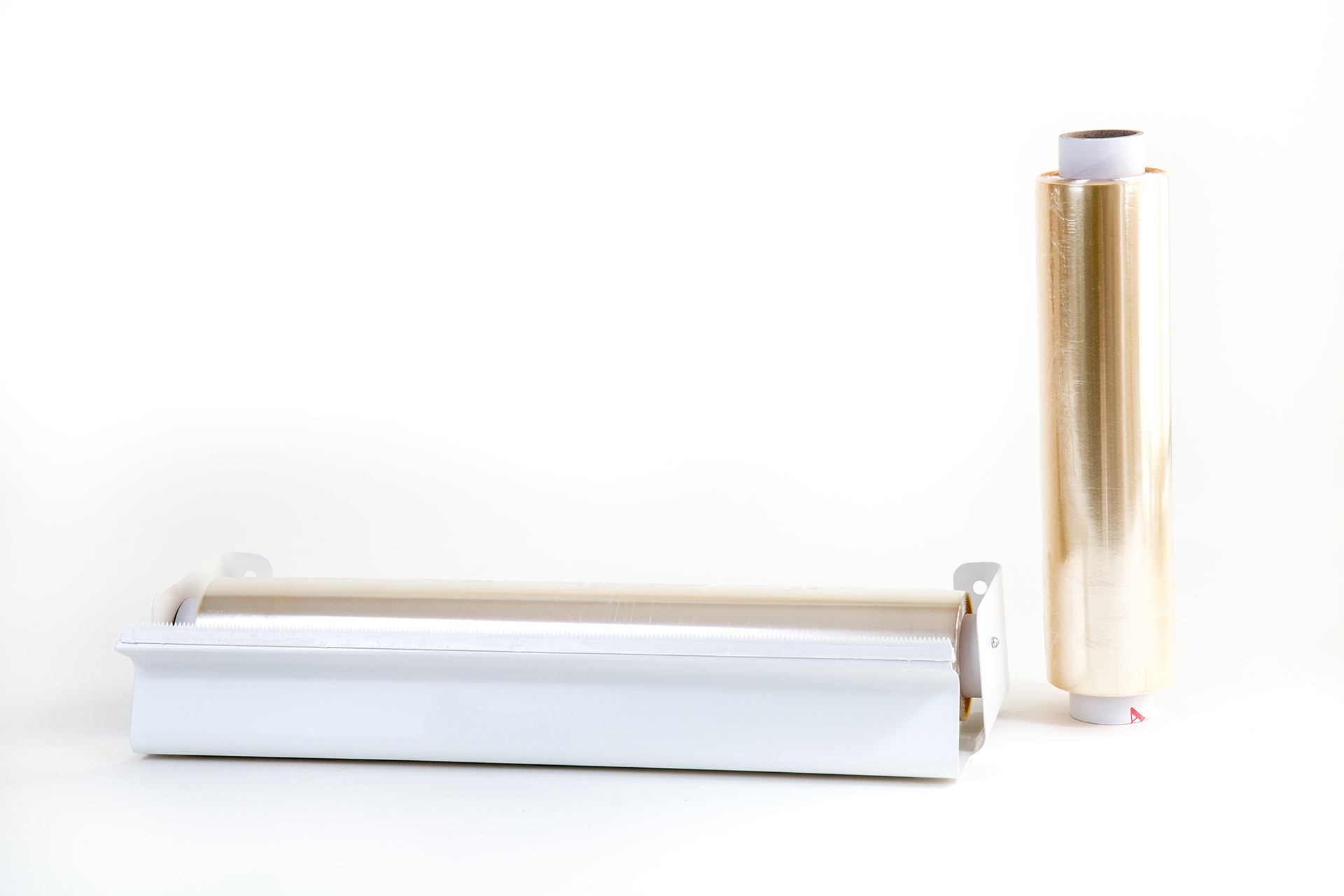Unveiling the Limitations of PVC: Where Can PVC Not Be Used?
Polyvinyl chloride (PVC) is a versatile synthetic material widely used in various industries due to its durability, cost-effectiveness, and versatility. However, there are certain limitations to its usage. In this article, we will explore the areas where PVC cannot be used and the reasons behind these restrictions.
- High-Temperature Environments:
PVC has a relatively low melting point compared to other materials, making it unsuitable for applications in high-temperature environments. Temperatures above 60°C (140°F) can cause PVC to soften, deform, and release toxic fumes. Therefore, it is not recommended for applications such as hot water pipes, steam lines, or industrial ovens. - Food and Beverage Industry:
While PVC is commonly used in the packaging industry, it is not suitable for direct contact with food and beverages. PVC contains plasticizers and additives that may leach into consumables, posing health risks. Regulatory bodies, such as the FDA, restrict the use of PVC in food packaging and processing equipment. - Medical and Pharmaceutical Applications:
In critical medical and pharmaceutical environments, PVC is not recommended due to its potential to interact with drugs, chemicals, and bodily fluids. PVC can absorb and release substances, compromising the purity and efficacy of medications. Alternatives like medical-grade plastics or stainless steel are preferred for medical devices, IV tubing, and surgical equipment. - Fire Safety:
PVC is a combustible material that releases toxic gases when burned, including hydrogen chloride gas. Therefore, it is not suitable for applications where fire safety is crucial, such as wiring insulation in buildings, aircraft, or automotive interiors. Flame-retardant alternatives like polyethylene or halogen-free cables are preferred in these scenarios. - UV Exposure:
PVC is susceptible to degradation when exposed to ultraviolet (UV) radiation from sunlight. This limits its outdoor applications, such as exterior cladding, roofing, or outdoor furniture. UV stabilizers can be added to PVC formulations to enhance its resistance, but long-term exposure may still lead to discoloration, brittleness, and reduced lifespan. - Chemical Resistance:
While PVC exhibits good resistance to many chemicals, it is not suitable for prolonged exposure to certain solvents, oils, and fuels. These substances can cause swelling, degradation, or chemical reactions, compromising the integrity of PVC-based products. In such cases, alternative materials like fluoropolymers or polypropylene offer superior chemical resistance.
Conclusion:
Despite its widespread use, PVC has certain limitations that restrict its application in specific industries and environments. Understanding these limitations is crucial for making informed decisions and selecting suitable alternatives. By considering factors such as temperature, food contact, medical requirements, fire safety, UV exposure, and chemical resistance, industries can make informed choices to ensure optimal performance and safety in their applications.

Post Comment